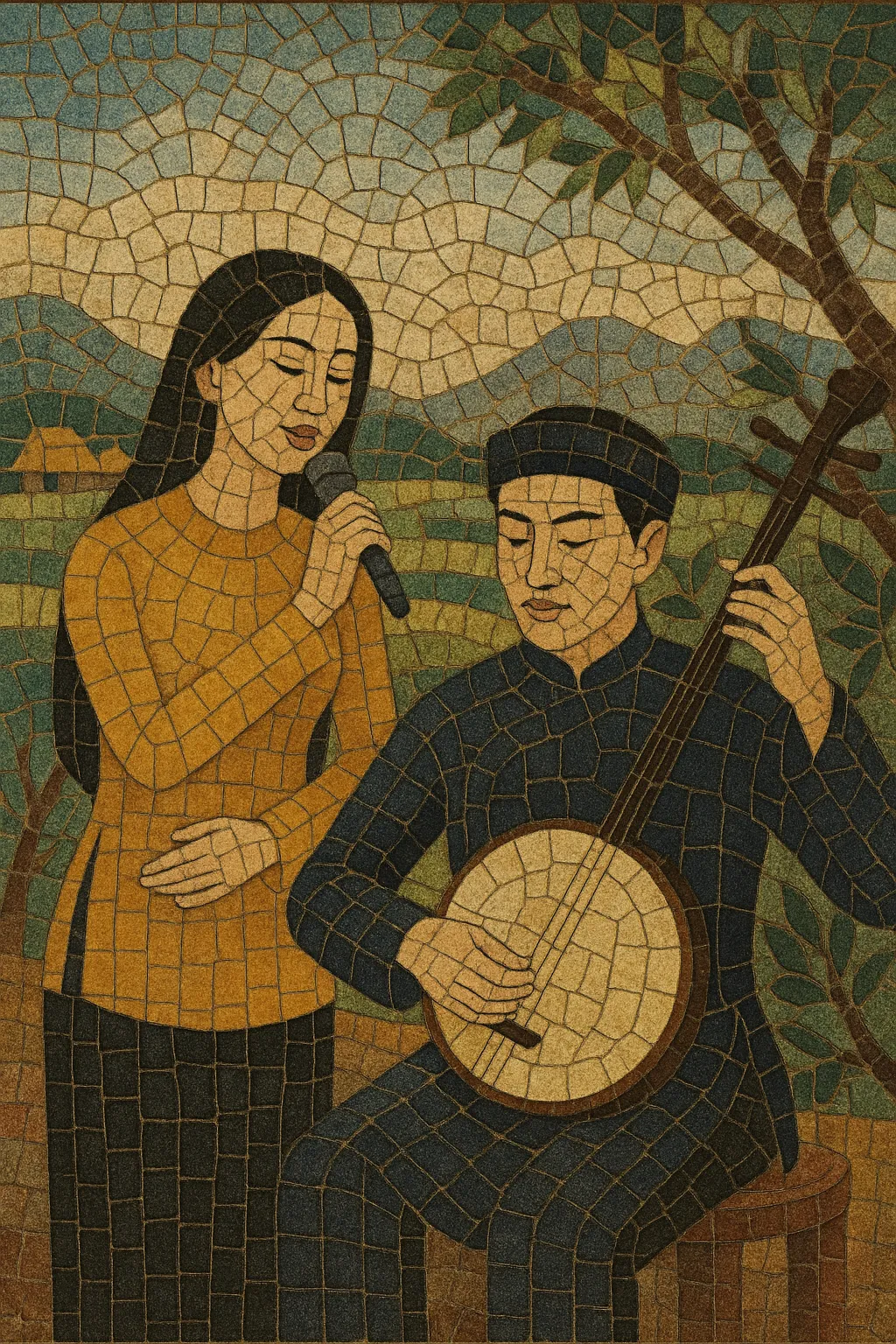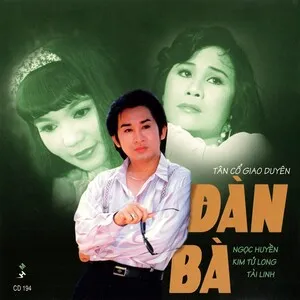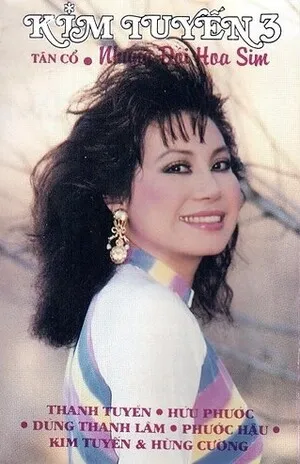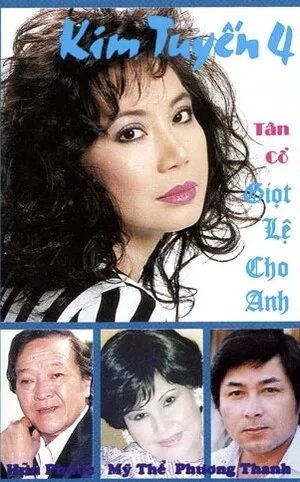Tân cổ giao duyên is a Vietnamese hybrid song form that interweaves modern popular song sections (tân nhạc, often in bolero ballad style) with traditional cải lương/vọng cổ passages.
In practice, a singer (or duet) alternates Western-influenced verse–chorus writing with metrically structured vọng cổ lines (nhịp 32/16/8/4), creating a dramatic dialogue between "new" and "old" aesthetics. The result is a deeply emotive style associated with southern Vietnam, rural imagery, romance, and nostalgia, performed with a mix of modern band and cải lương orchestra featuring guitar phím lõm, đàn kìm/đàn nguyệt, đàn cò, đàn tranh, and song lang.
Tân cổ giao duyên (literally “new–old in harmony”) emerged in southern Vietnam during the 1960s. It grew from the popularity of cải lương theatre and its signature song-form vọng cổ, and from the concurrent boom of tân nhạc (modern Vietnamese popular music), especially bolero-style ballads. Songwriters and cải lương artists experimented with splicing these idioms to appeal to both theatre audiences and radio listeners in Saigon.
Pioneers such as soạn giả Viễn Châu popularized the approach by crafting lyrics and structures that alternate tân nhạc verses with vọng cổ passages in set meters (originally nhịp 32, later also 16/8/4). Iconic performers—including Bạch Tuyết, Lệ Thủy, Minh Vương, Thanh Kim Huệ, and Mỹ Châu—helped codify vocal techniques (rung, luyến láy, nhấn) within the new format. Recordings and radio programs in the late 1960s–early 1970s spread the style widely, making it a signature sound of southern Vietnamese sentimental music.
After 1975, the idiom persisted both within Vietnam and among overseas Vietnamese communities. While stage conditions and media changed, the hybrid template remained a bridge between tradition and modern taste. In diaspora productions, the form helped maintain cultural memory; in Vietnam, it continued on radio and television, often tied to rural themes and cải lương revivals.
Since Đổi Mới, tân cổ giao duyên has seen renewed visibility, with studio productions pairing pop ballad writing and polished vọng cổ delivery. Younger artists occasionally adapt the form with updated arrangements, while master performers preserve classic phrasing and ornamentation. The style remains a living example of Vietnamese musical syncretism, connecting bolero-inflected pop and the emotive world of cải lương.
Alternate modern pop/bolero sections (tân) with traditional vọng cổ (cổ). Treat the piece as a dialogue—either within one singer’s voice or between two voices—moving from lyrical pop narration to heightened, ornamented traditional expression.





